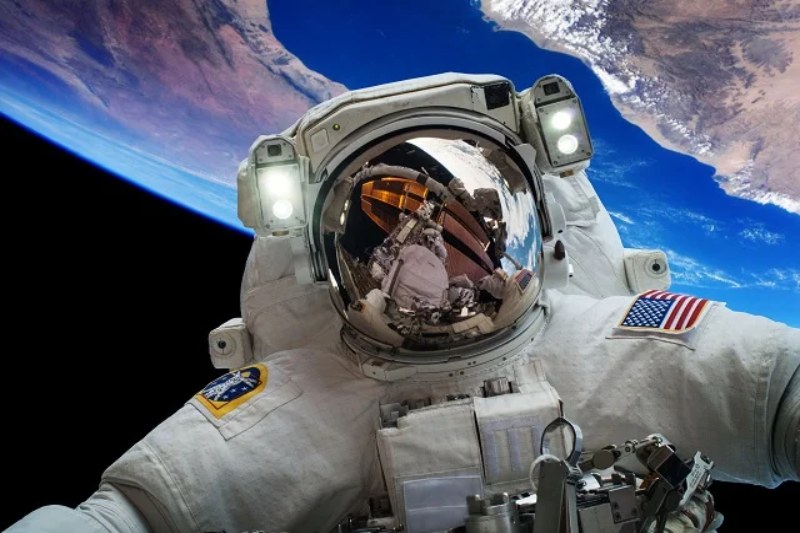New spacesuits for astronauts stationed on the American side of the International Space Station are getting closer.
Teams working with Collins Aerospace, an RTX company, finished a testing sequence known as the Crew Capability Assessment on Tuesday. NASA granted Collins a $97.2 million contract in December 2022 for Exploration Extravehicular Activity Services (xEVAS), of which this is one of many milestones.
Collins is working with Oceaneering and ILC Dover to design its suit. John “Danny” Olivas and Dan Burbank, two former NASA astronauts, put on the suit and completed a set of test tasks while seated in a Zero Gravity aircraft that can briefly mimic microgravity through parabolic movements. Numerous support staff members were encircling them, collecting information regarding the suit’s functionality.
During the trip, they executed forty parabolas in all. According to Collins, the main objectives were to “evaluate the suit’s pressure garment system fit and functionality, use of tools and interfaces on the International Space Station, and review of the new Extravehicular Mobility Unit, or EMU, performance against the current design.”
Peggy Guirgis, general manager of Space Systems at Collins Aerospace, said in a statement, “We observed that the suit performed as designed, affording increased range of motion and ease of movement, throughout a series of entry and exit tasks, crew mobility assessments, and suit donning.”
In addition, they tested the former astronauts’ ability to maneuver through a mock airlock with dimensions identical to the International Space Station.
“ILC Dover’s pressure garment design leverages decades of innovation and experience to fit more astronauts than ever before, ensuring the safety and comfort of the next generation of space explorers,” said Rob Reed, president of Space & Engineered Solutions at ILC Dover, in a statement. “The successful test signals that we’re one step closer to sustaining human life in space with the most advanced spacesuit yet.”
Collins is building another spacesuits, this one for the International Space Station. It and its partners received an additional $5 million to create an EVA suit that can operate on the Moon to assist missions for the Artemis program, following the award of its xEVAS contract in 2022.
Axiom Space, a Houston-based corporation, is likewise in the process of designing spacesuits, although it functions in the opposite way as Collins Aerospace. Its first spacesuits are intended to be used on the Artemis 3 mission, with versions intended for use on the space station coming in second.
“The spacesuit development is going very well. We just delivered the first three training suits to NASA and it’s very much a modern suit,” said Matt Ondler, the president of Axiom Space, hours ahead of the Ax-3 private astronaut mission launch to the ISS.
“NASA hasn’t built a spacesuit in 40 years, so there’s lots of opportunities to modernize the suit, to increase flexibility and mobility in the suit. And we’re on track to deliver the suit, primarily for the Artemis 3 mission.”
Collins’ teams are aiming for the Critical Design Review for their ISS-bound suit. They will finish up other design inspections beforehand, which will include an underwater test at NASA’s Neutral Buoyancy Lab.
Collins has an agreement to provide a demonstration suit by 2026.





